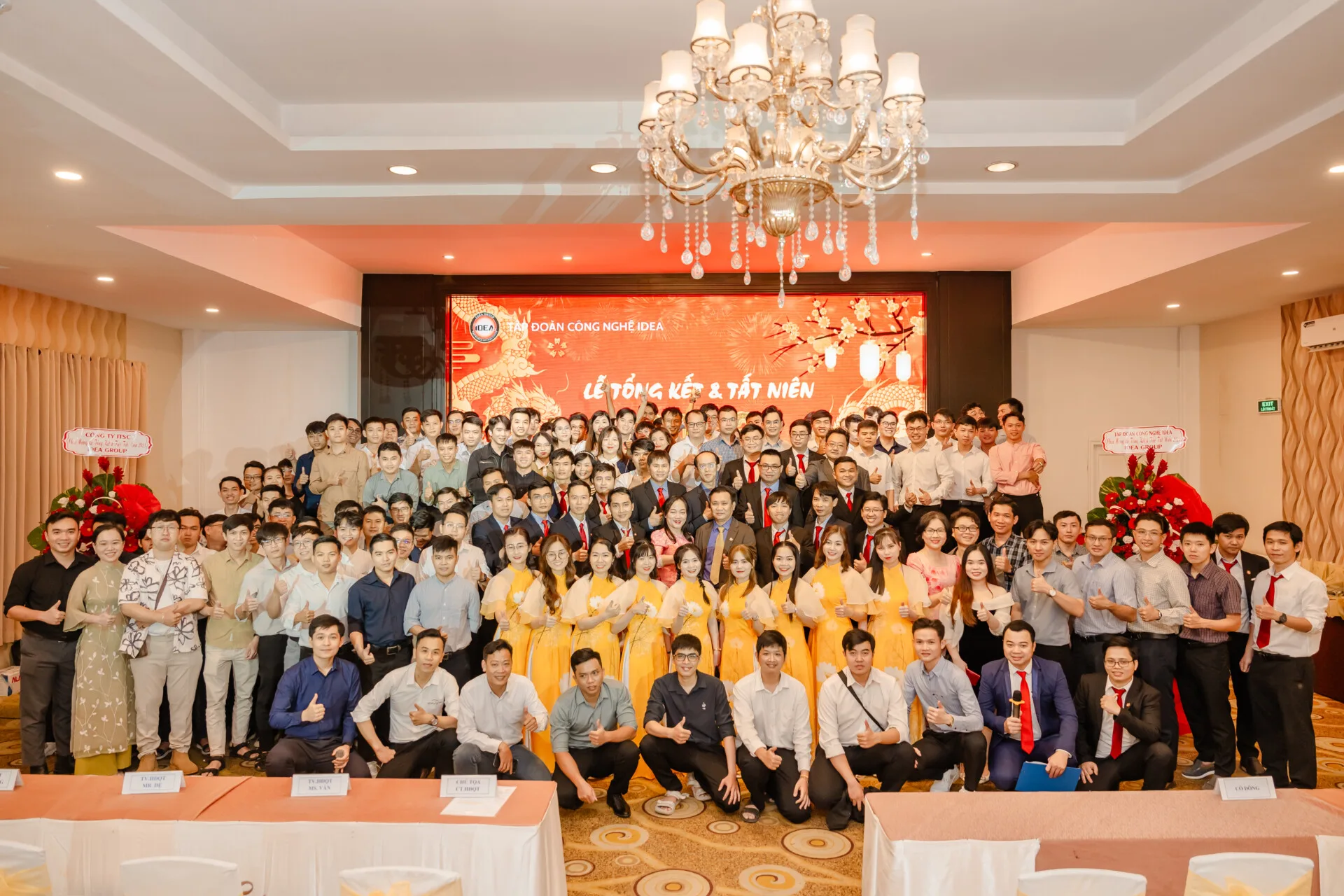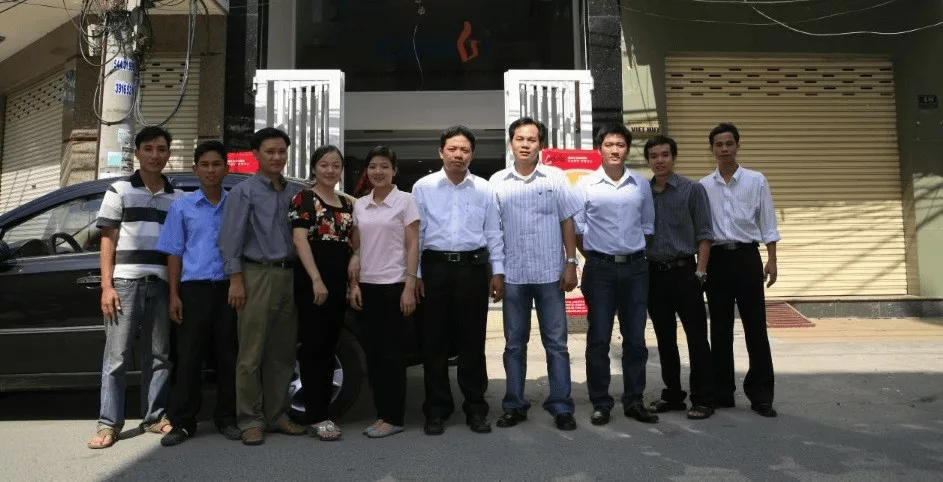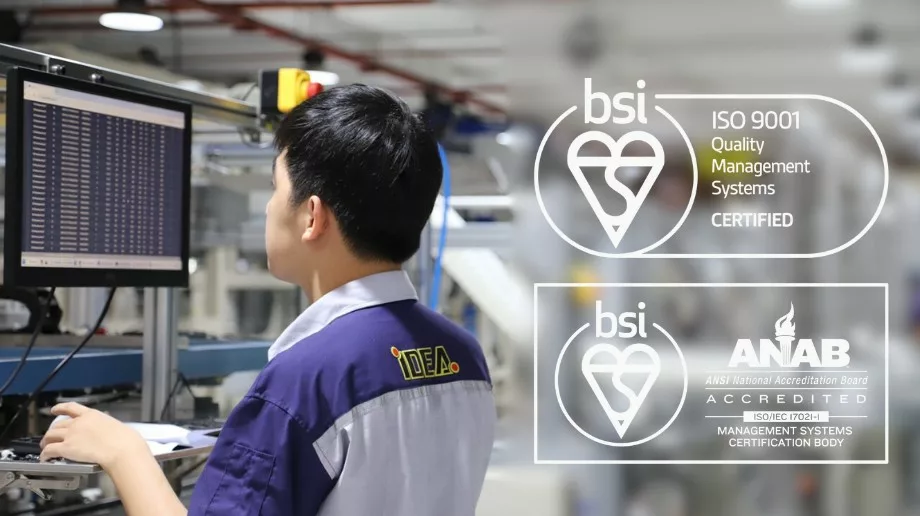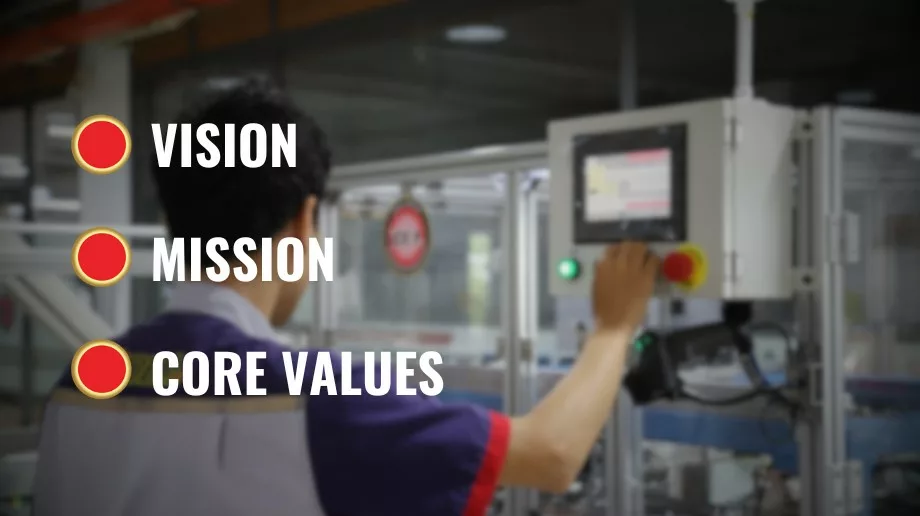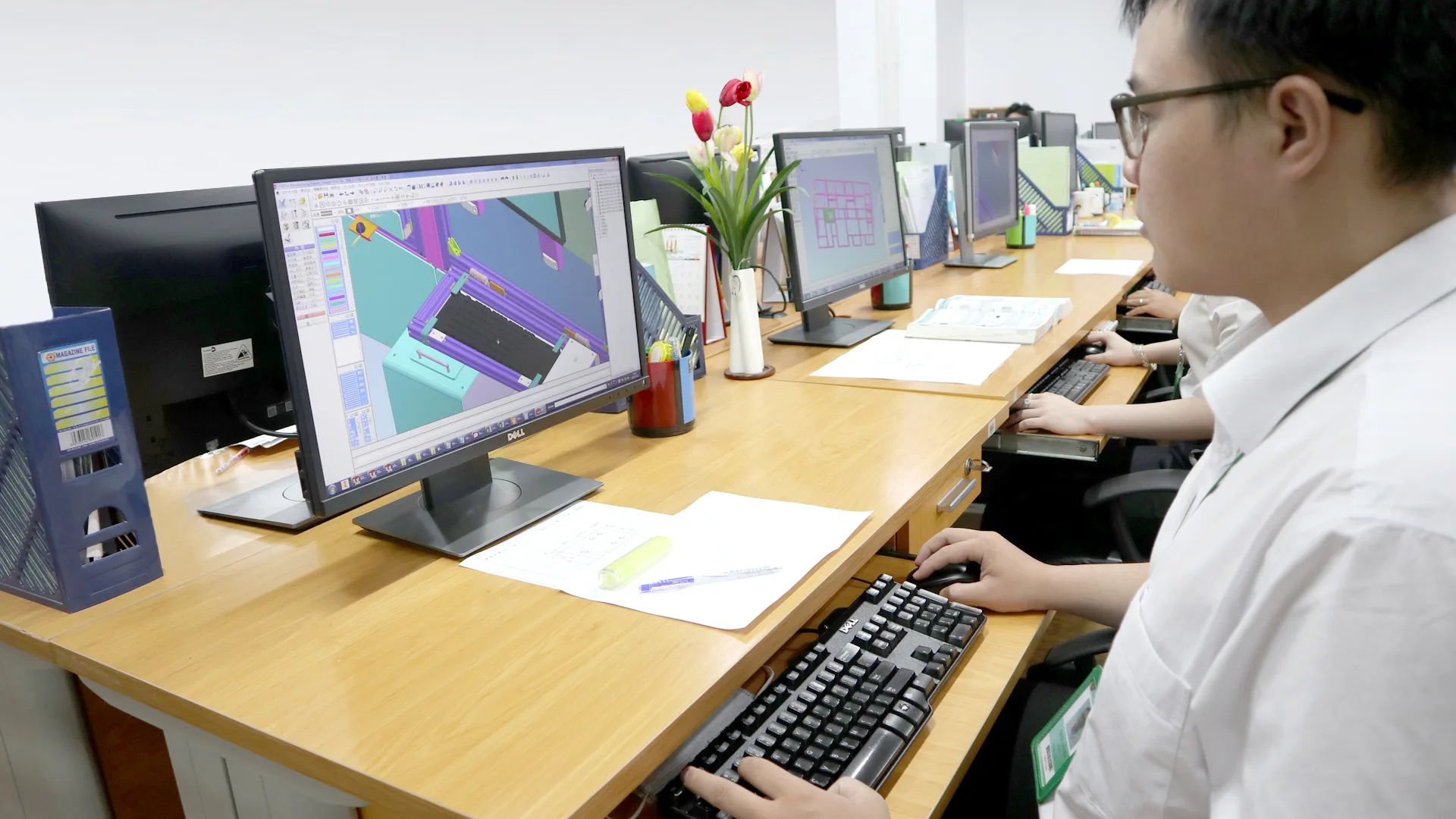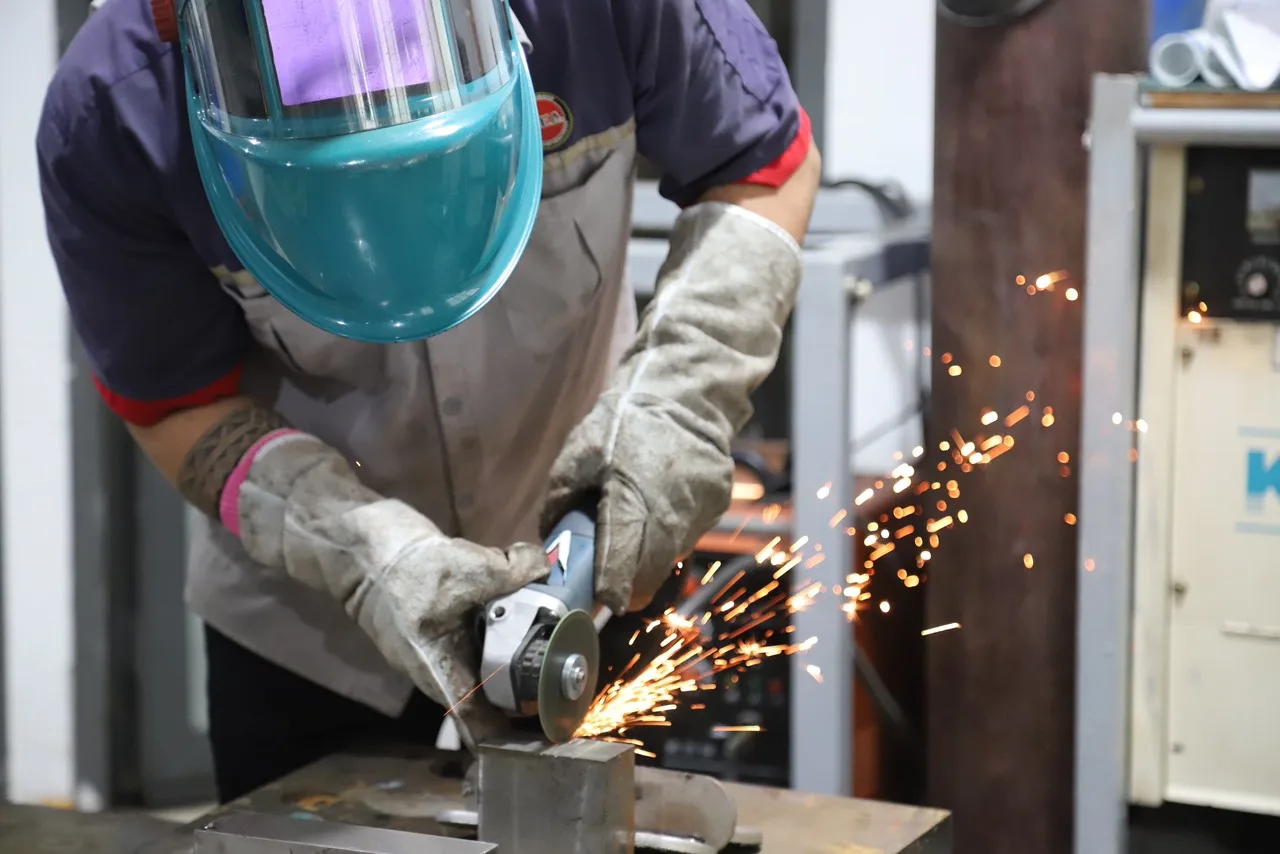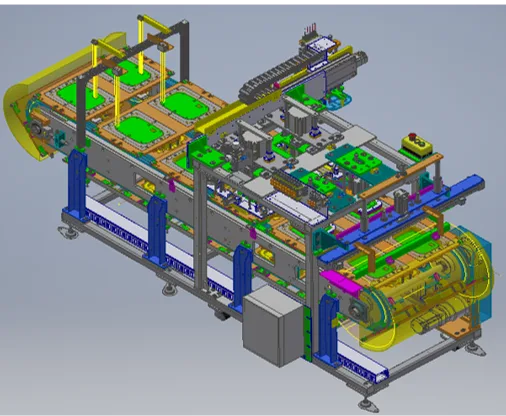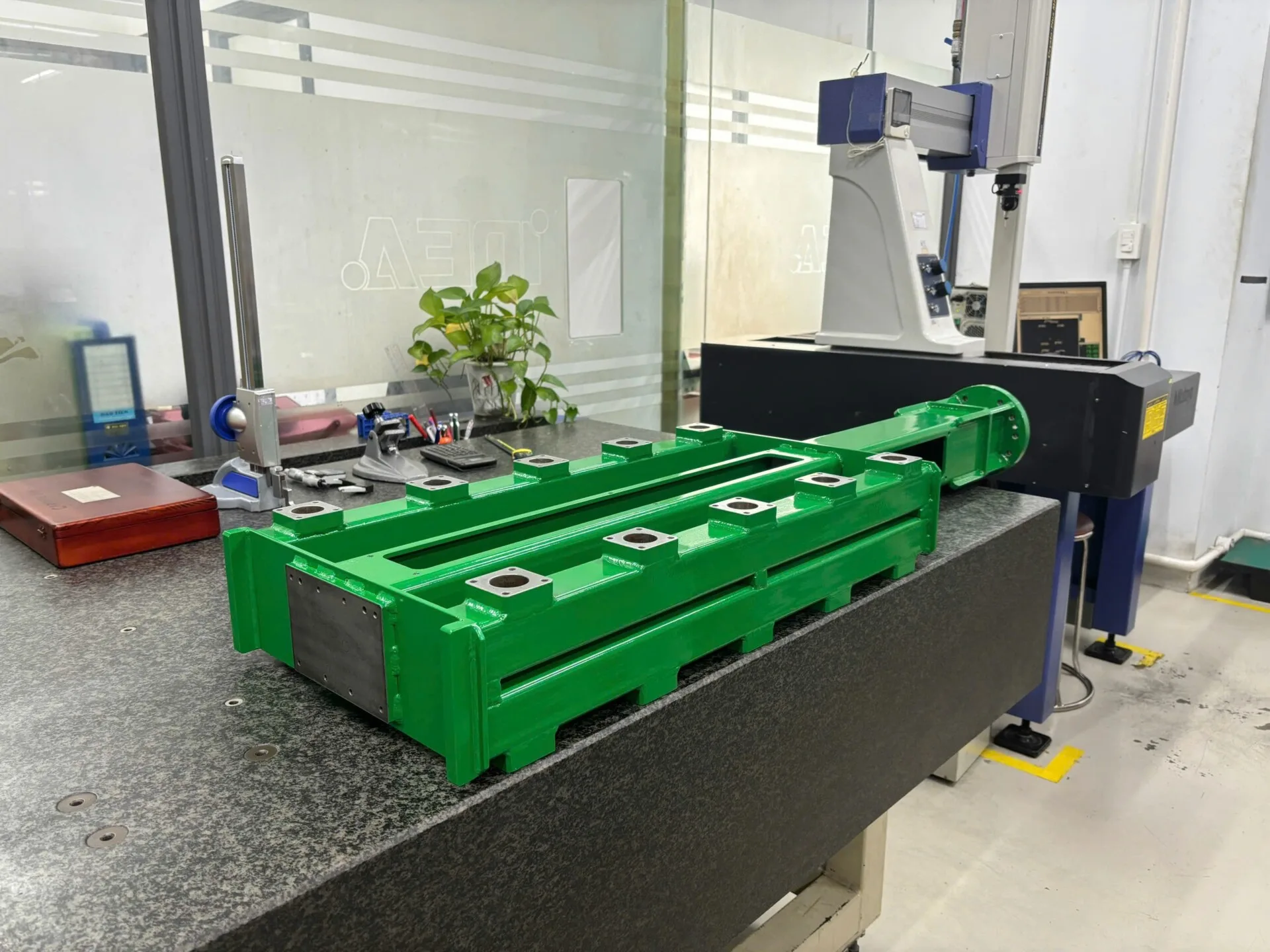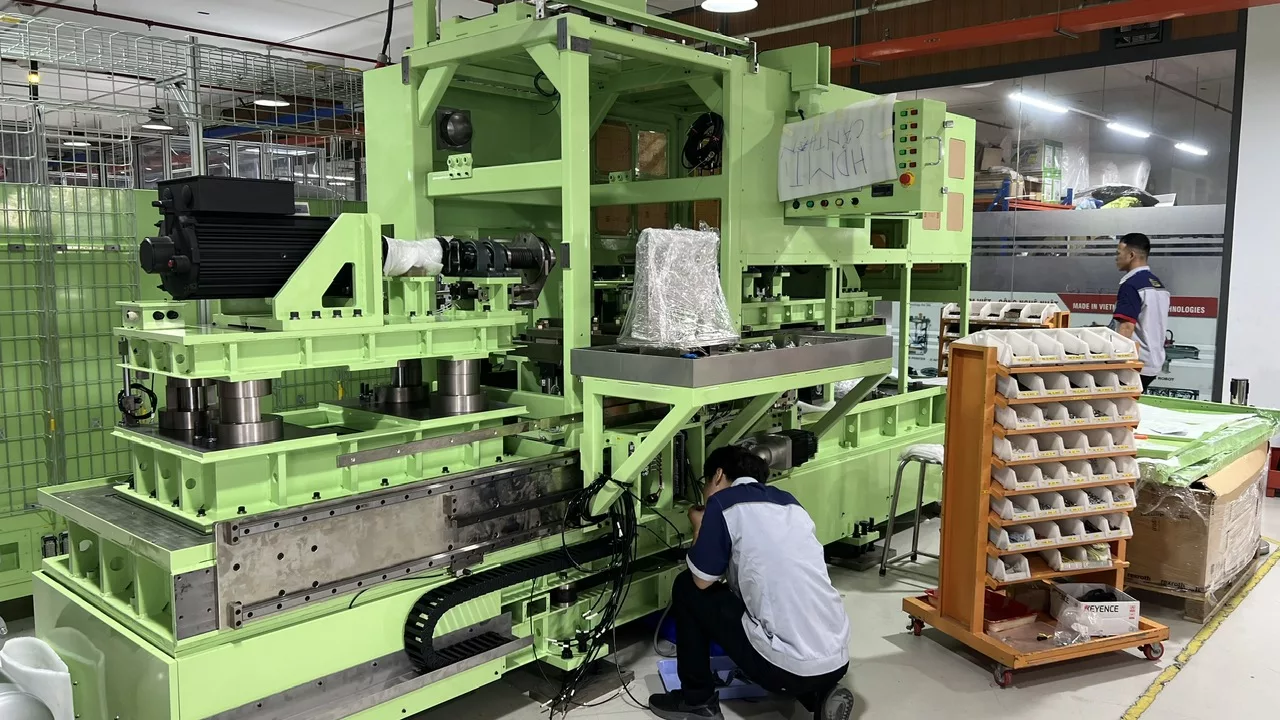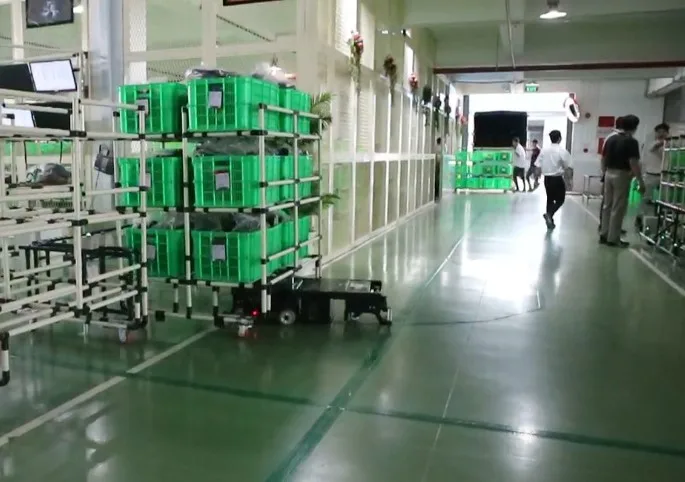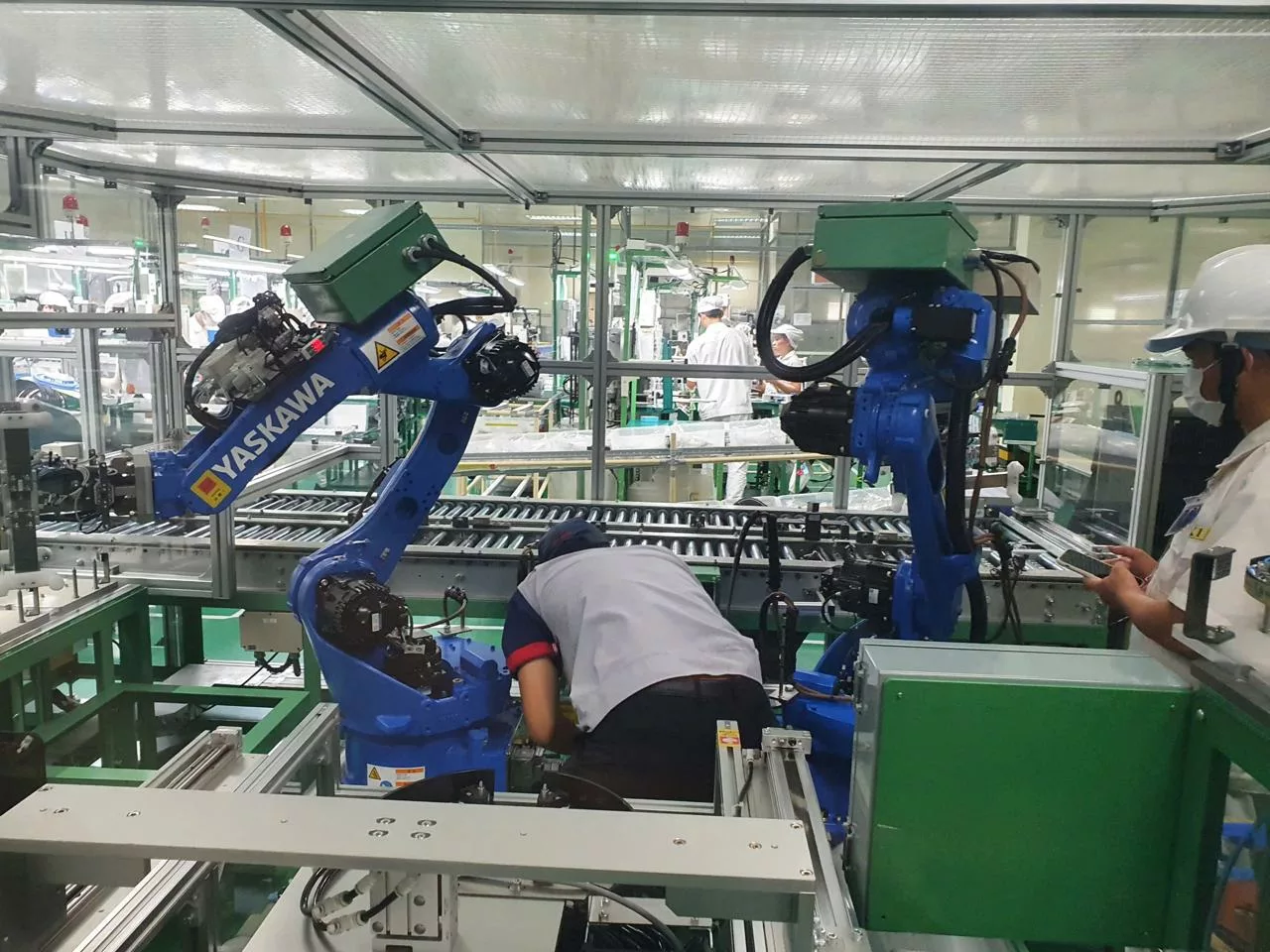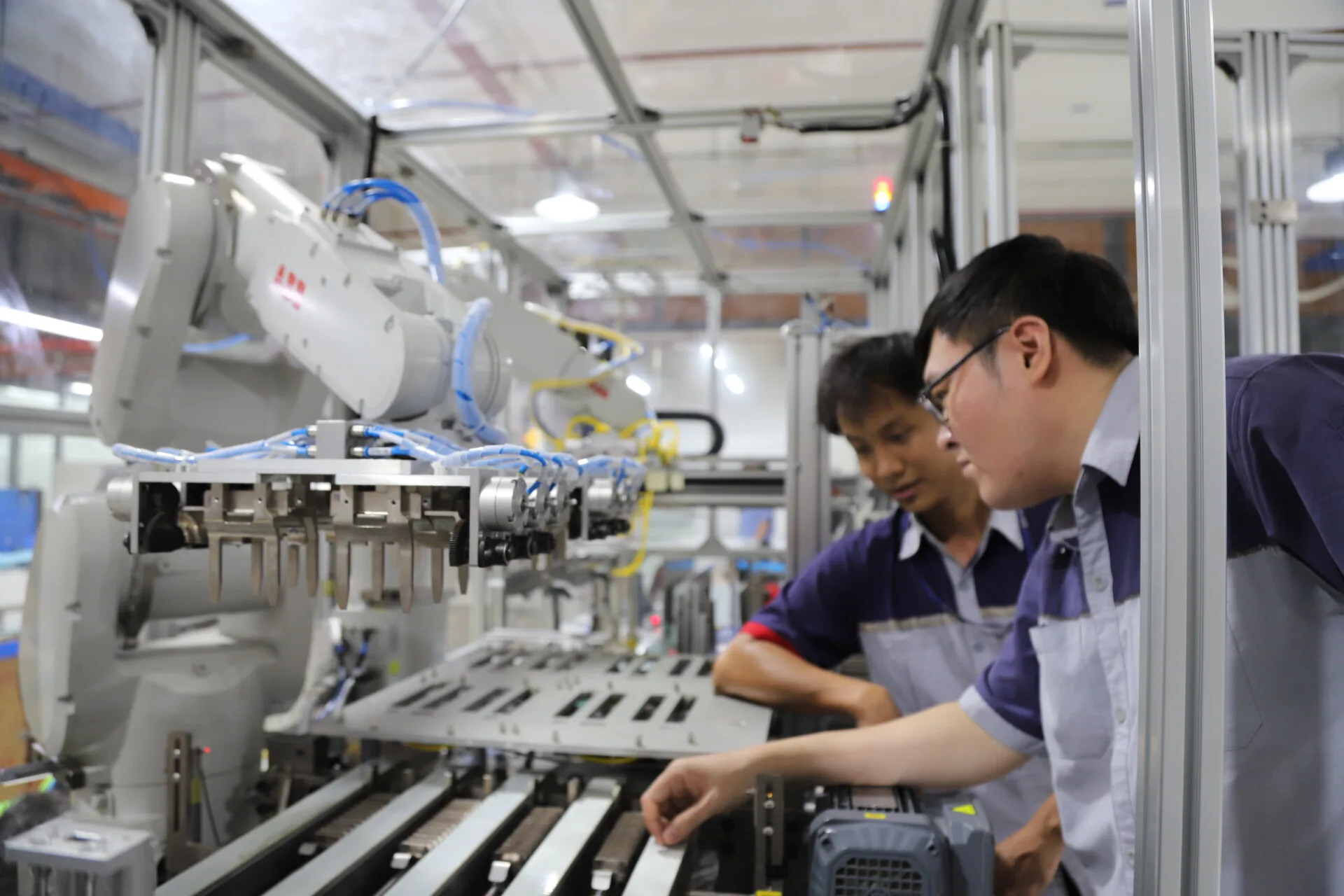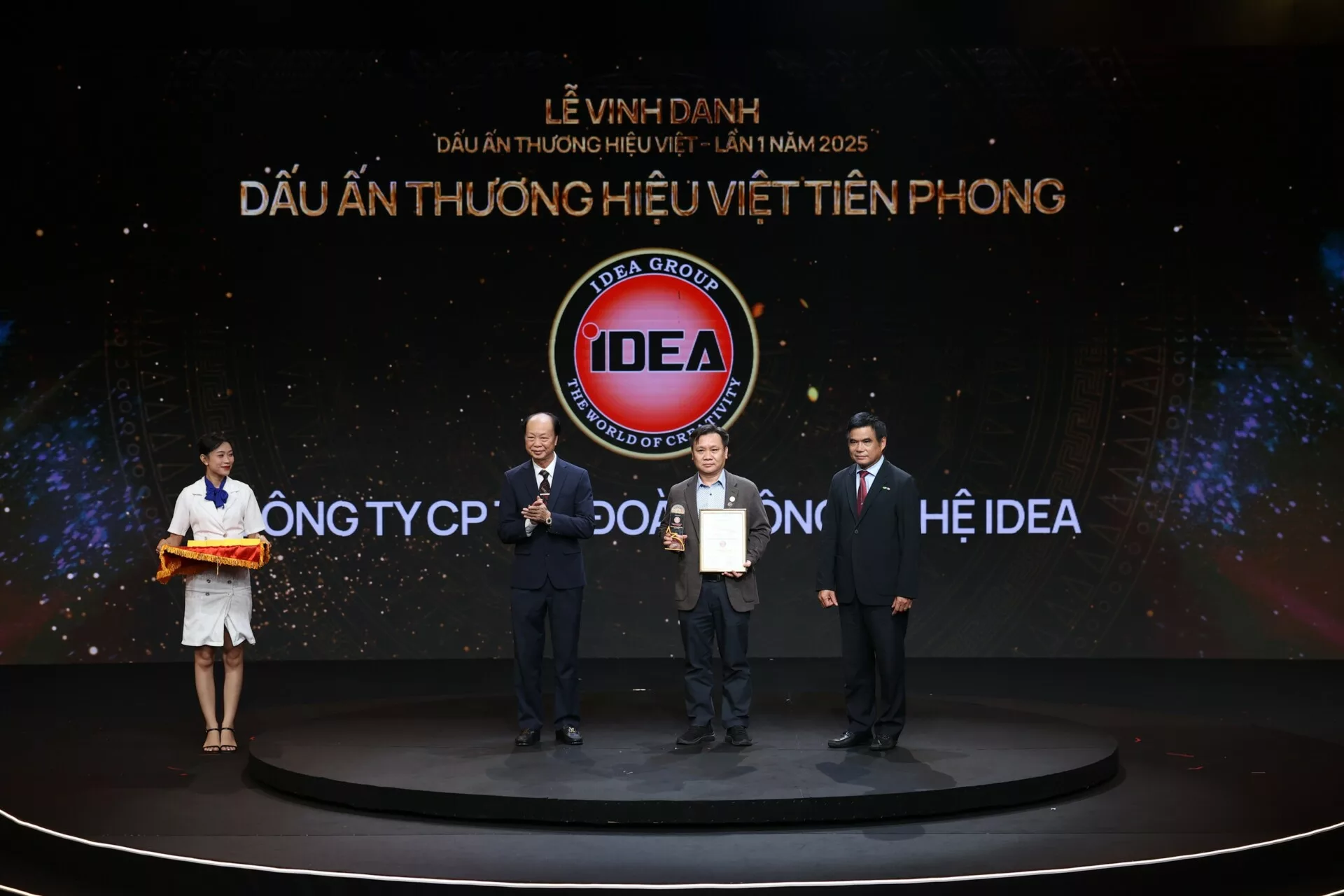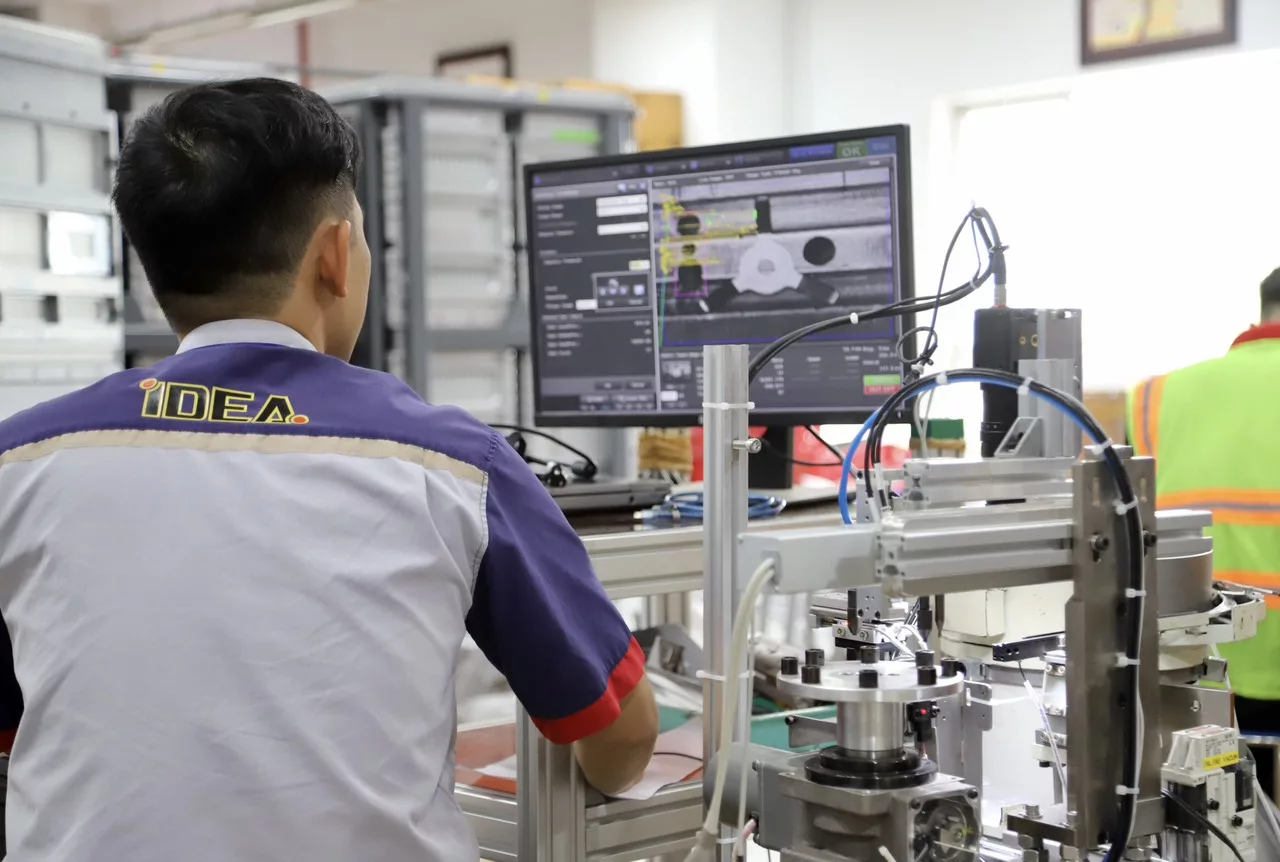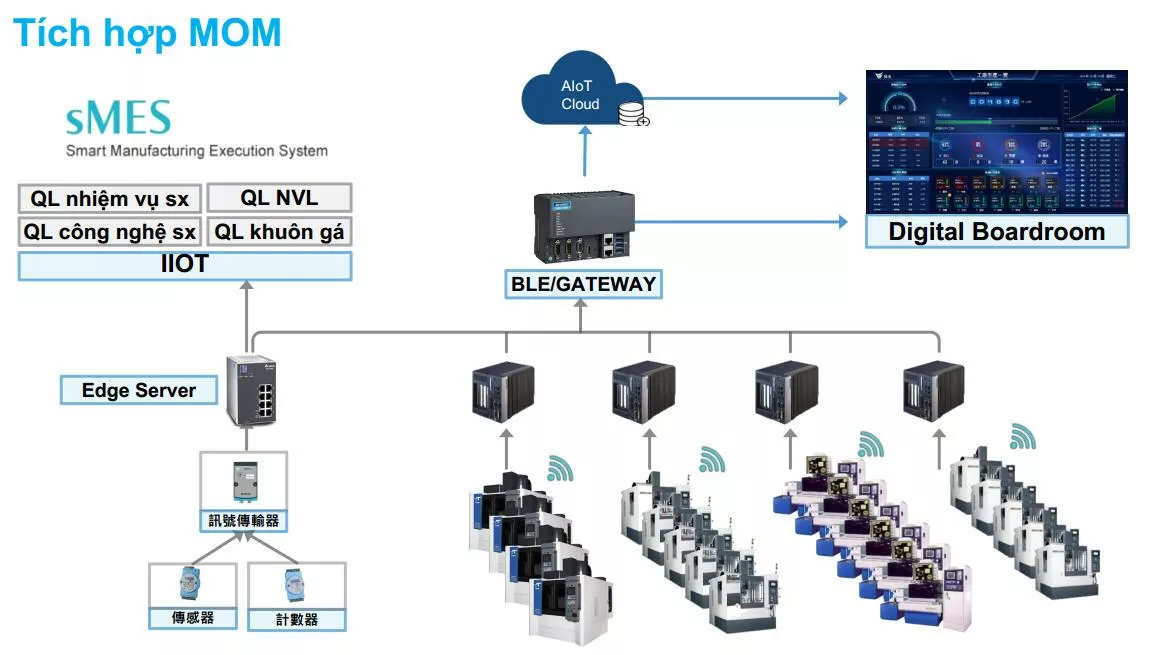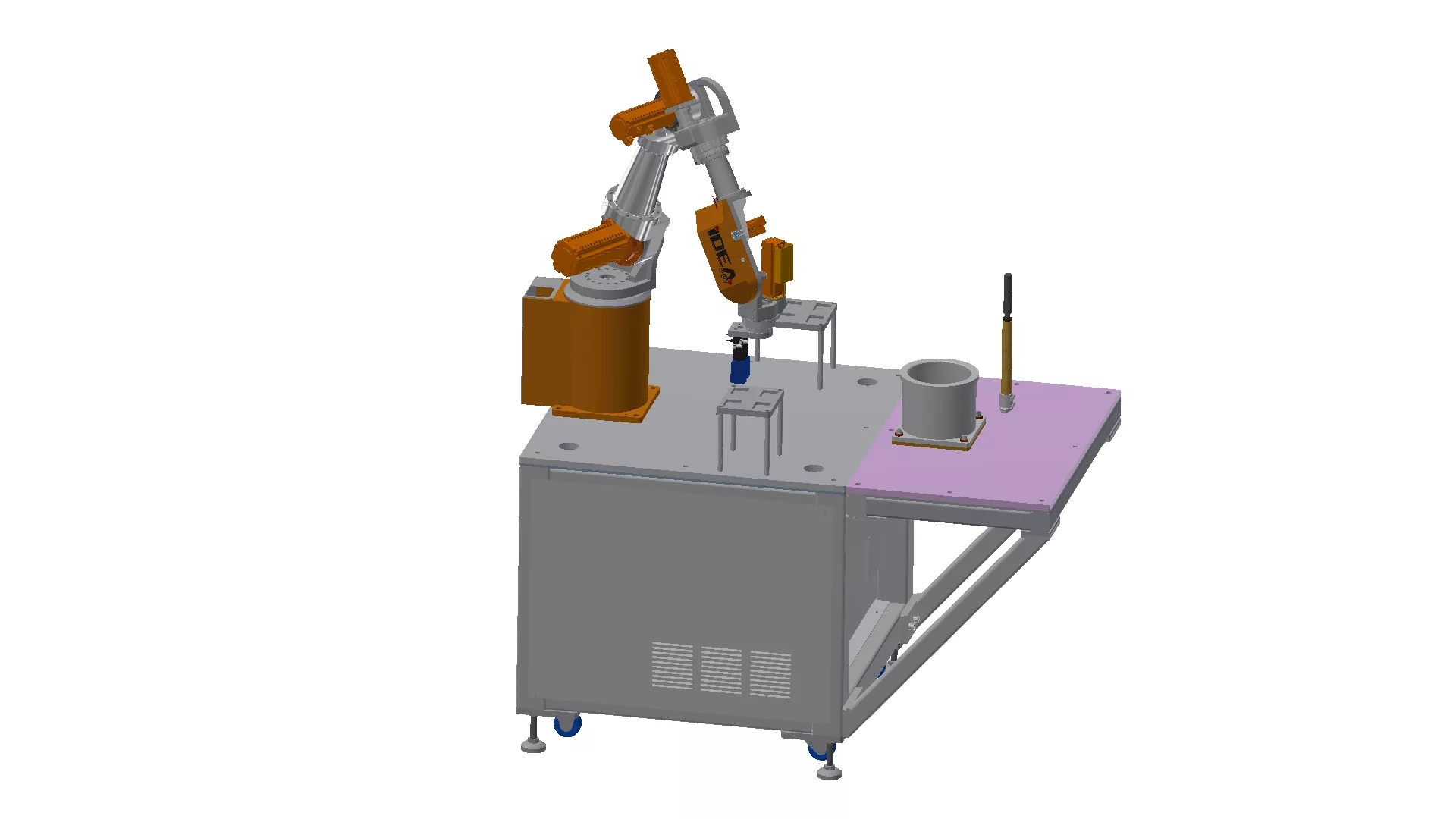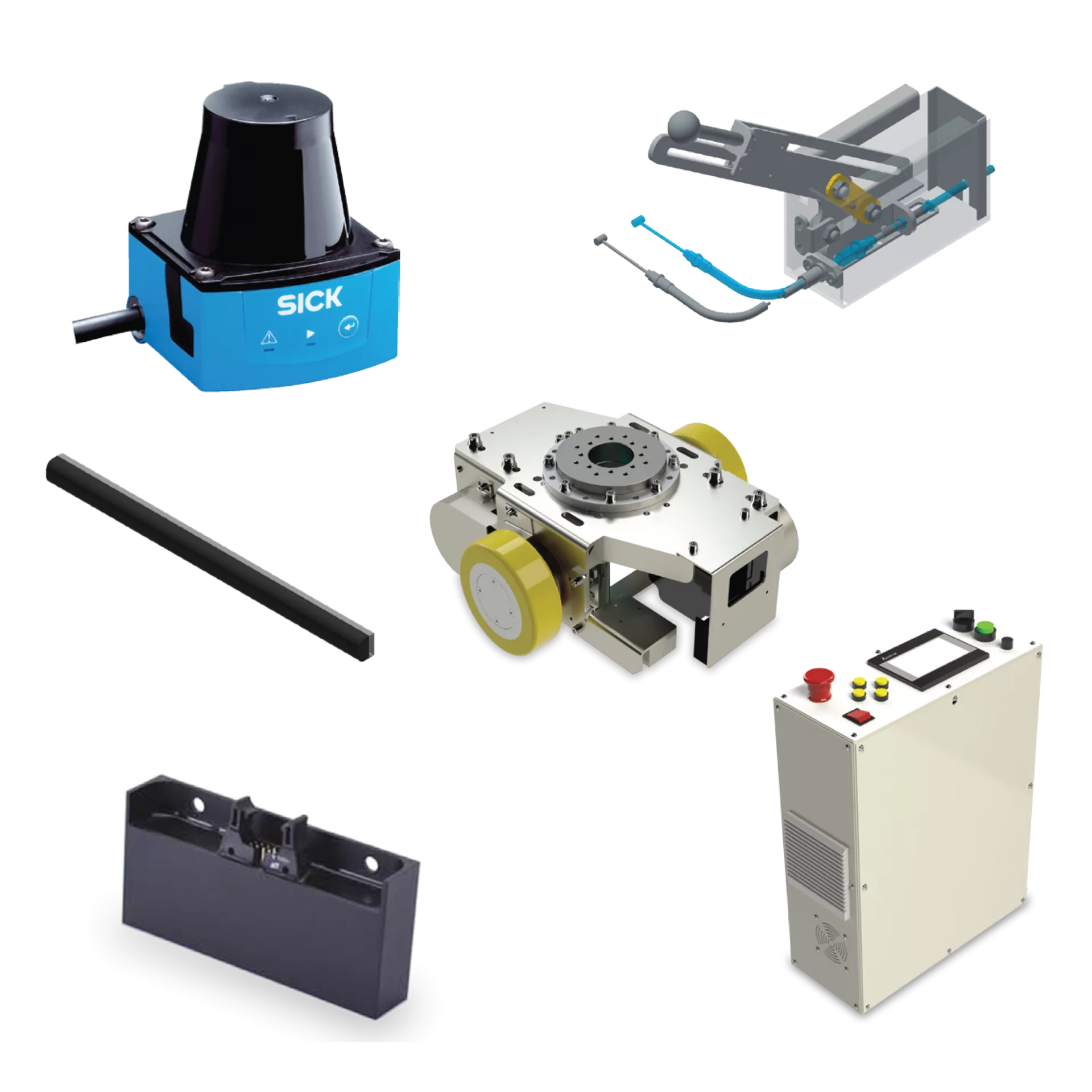Machining high-hardness materials poses a unique set of challenges for manufacturers across industries such as aerospace, automotive, and mold & die. These materials, though favored for their strength and wear resistance, cause significant wear on cutting tools, increase cycle times, and demand advanced machining techniques. To ensure efficiency and product quality, industries must adopt innovative solutions that address tool degradation, heat generation, and material brittleness when operating under stringent tolerances.
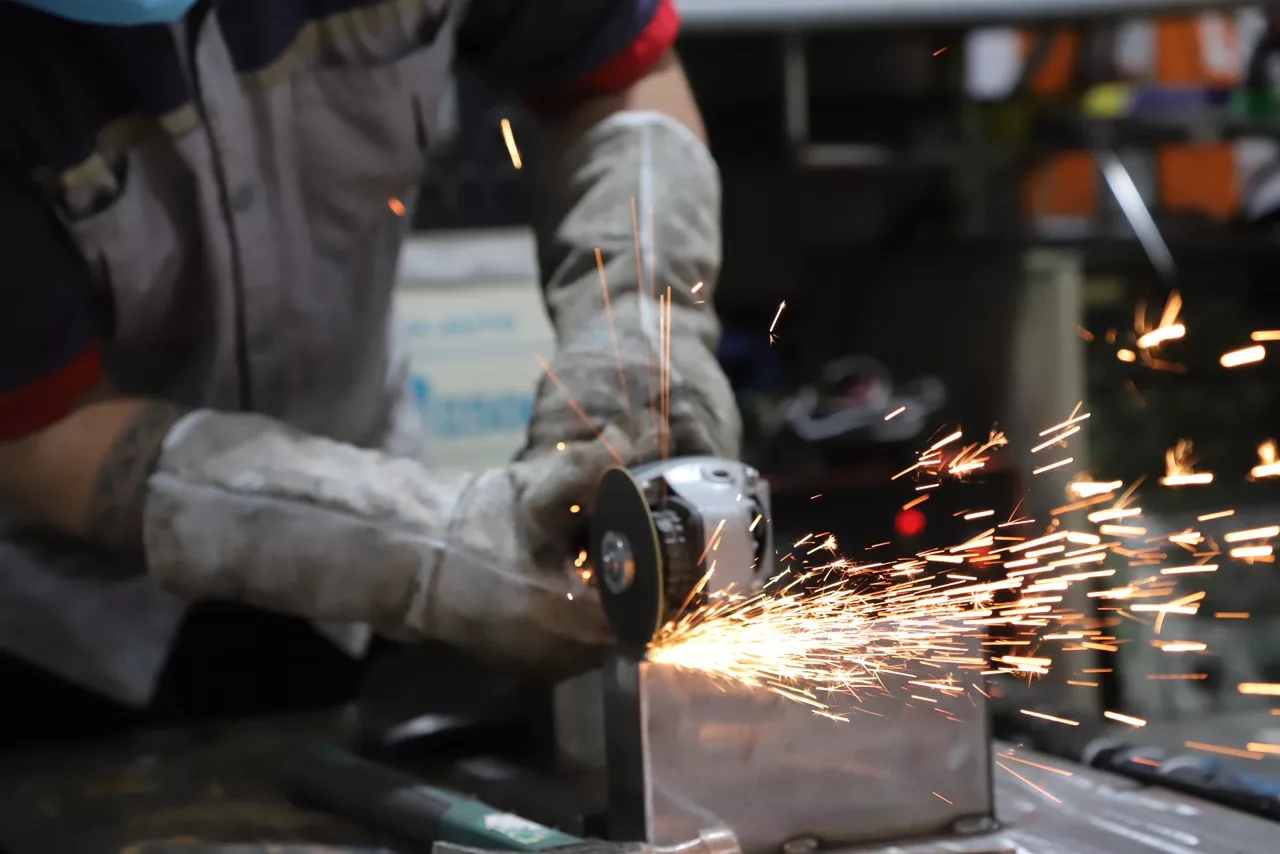
Understanding the Nature of High-Hardness Materials
High-hardness materials generally refer to metals and alloys with a hardness rating above 45 HRC (Rockwell Hardness Scale). Common examples include hardened steels, titanium alloys, nickel-based superalloys, and ceramics. These materials deliver exceptional strength and durability, making them ideal for extreme working environments. However, their hardness introduces machining complexities, demanding specialized cutting strategies and tooling solutions.
Common Machining Issues with High-Hardness Materials
Machinists often face multiple constraints when working with such materials. Below are a few core issues:
- Accelerated Cutting Tool Wear: High-hardness materials quickly degrade standard cutting tools, leading to frequent replacements and increased downtime.
- Excessive Heat Generation: The low thermal conductivity of hard materials leads to heat buildup at the cutting zone, which affects surface integrity and tool longevity.
- Poor Surface Finish: Chatter and friction may reduce surface quality, especially when traditional tools or improper parameters are used.
- Lower Material Removal Rates: To avoid catastrophic tool failure, machining is often done at lower speeds and feeds, reducing overall productivity.
Advanced Machining Techniques for Improved Performance
Overcoming these obstacles requires the adoption of advanced machining practices tailored for durability and precision. Below are several key strategies:
- Use of Coated Carbide and Ceramic Tools: These materials have excellent wear resistance and can operate effectively under high temperatures without compromising tool life.
- High-Speed Machining (HSM): Although counterintuitive, HSM with appropriate cutting tools helps reduce heat concentration in the cutting zone.
- Use of Modern CAM Software: Efficient toolpath generation can reduce tool stress and optimize engagement angles.
- Application of Cryogenic Cooling: This method significantly reduces thermal effects, thus preserving cutting tool integrity.
Companies working with advanced machining solutions, like Che Tao May IDEA, integrate these techniques to ensure consistent product accuracy and reduced cycle time in high-hardness applications.
Reducing Cutting Tool Wear Through Process Optimization
Cutting tool wear is one of the most critical concerns in machining hardened materials. By integrating smart machining practices, companies can extend tool life:
- Toolpath Optimization: Leveraging multi-axis machining and adaptive paths reduces tool load and wear.
- Precision Fixturing: Ensures vibration-free cutting, which directly impacts surface finish and tool life.
- Tool Condition Monitoring: Predictive maintenance systems track tool wear and prevent costly breakdowns.
Firms offering machine design and drafting services often pair process engineering with cutting-edge simulation tools to minimize setbacks in hard material machining.
Choosing the Right Machining Partner
Collaborating with an experienced service provider can streamline your production workflows. IDEA Group, a trusted name in Vietnam’s manufacturing sector, provides customized machining and automation solutions that address core production challenges — particularly when working with high-hardness materials.
From CAD modeling to full-cycle advanced machining, IDEA ensures technical excellence, reduced operating costs, and long-term performance. For robust industrial support, explore solutions at IDEA Group or source high-quality machine parts through IDEA Techmart.
Conclusion: Embrace Innovation for Hard Material Machining
Machining high-hardness materials will continue to challenge both OEMs and contract manufacturers. However, by adopting advanced machining strategies, proactive tool wear monitoring, and collaborating with expert solution providers like IDEA, manufacturers can significantly improve efficiency and product quality. Whether it’s reducing cutting tool wear or boosting metal removal rates, optimizing processes for high-hardness applications is critical to staying competitive in today’s precision-driven landscape.
Partner with IDEA — your go-to expert in industrial machinery and machining solutions — and take your production capabilities to the next level.

